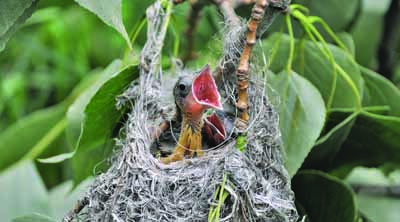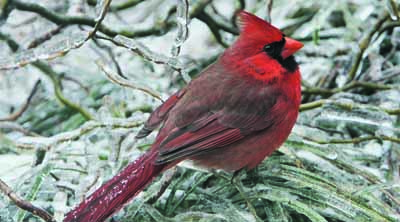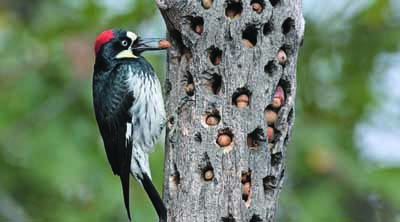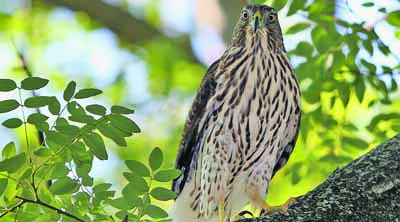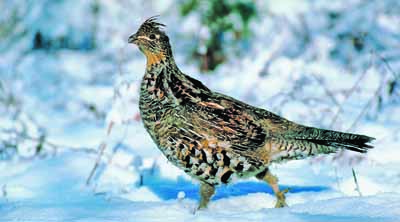FOREST BIRDS
Consultants
Nelson, M. US Forest Service, Northern Research Station
Oswalt, S. US Forest Service, Southern Research Station
General References
DeGraaf, R.M.; Scott, V.E.; Hamre, R.H.; Ernst, L.; Anderson, S.H. 1991. Forest and rangeland birds of the United States natural history and habitat use. U.S. Department of Agriculture, Forest Service, Agriculture Handbook 688. 625 p.
Nelson, M.D.; Johnson, D.H.; Linkhart, B.D.; Miles, P.D. 2009. Flammulated owl (Otus flammeolus) breeding habitat abundance in ponderosa pine forests of the United States. In: Rich, T.D.; Arizmendi, C.; Demarest, D.; Thompson, C. (eds.).Proceedings: Tundra to tropics: connecting birds, habitats and people. McAllen, TX: Partners in Flight. 71–81.
Peterson, S.R. 1975. Ecological distribution of breeding birds In: Smith, D.R., tech. coord. Proceedings of the symposium on management of forest and range habitats for non-game birds. Gen. Tech. Rep. WO-1. Washington, DC: U.S. Department of Agriculture, Forest Service: 22–38.
Shugart, H.H.; Anderson, S.H.; Strand, R.H. 1975. Dominant patterns in bird populations of the eastern deciduous forest biome. In: Smith, D.R., tech. coord. Proceedings of the symposium on management of forest and range habitats for non-game birds. Gen. Tech. Rep. WO-1. Washington, DC: U.S. Department of Agriculture, Forest Service: 90–95
Map: Number of breeding bird species
NatureServe. 2011. Lists of vertebrate species in the contiguous U.S. [database]. Arlington, VA. (17 February 2011).
U.S. Geological Survey. 2016. National Gap Analysis Program (GAP) species data portal. http://gapanalysis.usgs.gov/species/. (4 April 2016).
U.S. Geological Survey. 2016. Watershed boundary dataset (WBD). http://nhd.usgs.gov/wbd.html. (4 April 2016).
Map: Flammulated Owl breeding range-Western US
NatureServe. 2012. NatureServe Explorer. http://explorer.natureserve.org/servlet/NatureServe. (11 May 2012).
Wilson, B.T.; Lister, A.J.; Riemann, R.I.; Griffith, D.M. 2013. Live tree species basal area of the contiguous United States (2000-2009). RDS-2013-0013. Newtown Square, PA: USDA Forest Service, Northern Research Station. http://dx.doi.org/10.2737/RDS-2013-0013.
Map Photographs
Flammulated owl: USDA Forest Service, Coconino National Forest.; Flickr.com
Ponderosa pine forest: Dianne Fristrom; Flickr.com
Illustration
Forest bird habitat: Linda R. Smith and Lou Ann Reineke; RedCastle Resources
Photographs
Wood duck: Arjan Haverkamp; Flickr.com
Northern cardinal: Curt Hart; Flickr.com
Cooper's hawk: Steve Herseyva; Wikimedia.org
Baltimore oriole: Julian Colton; Wikimedia.org
Acorn woodpecker: James N. Perdue
Ruffed grouse: Thinkstock by GettyImages.com


